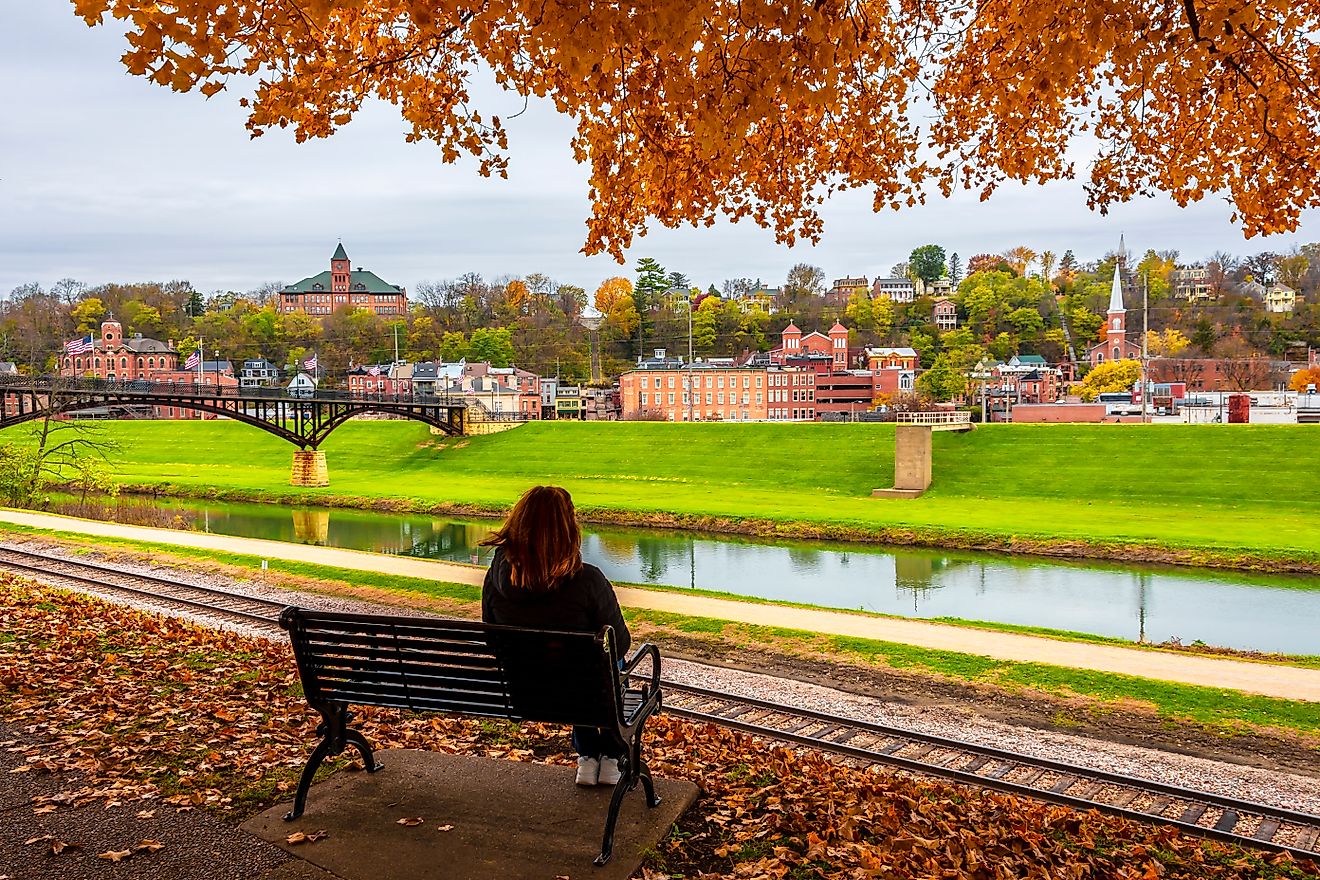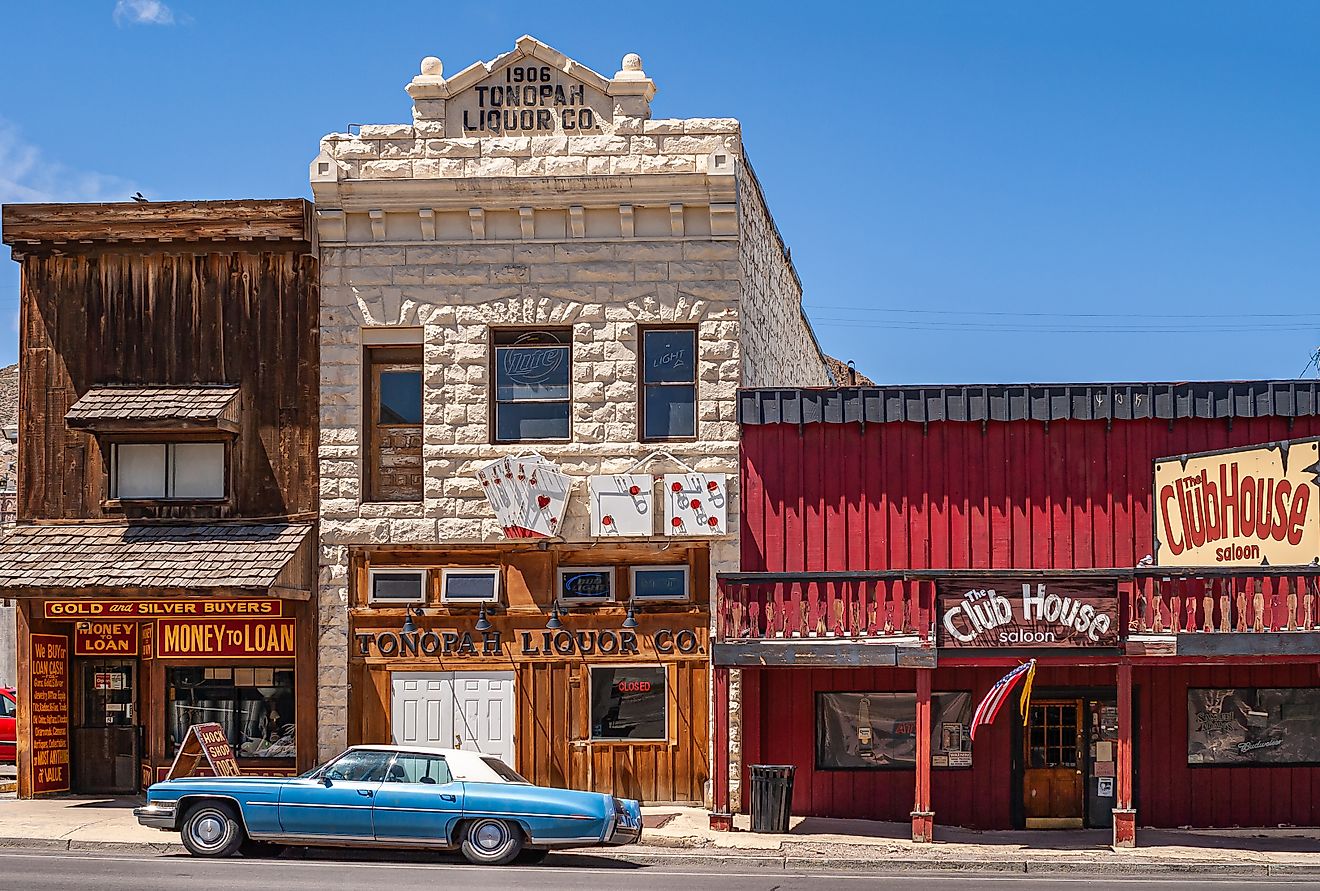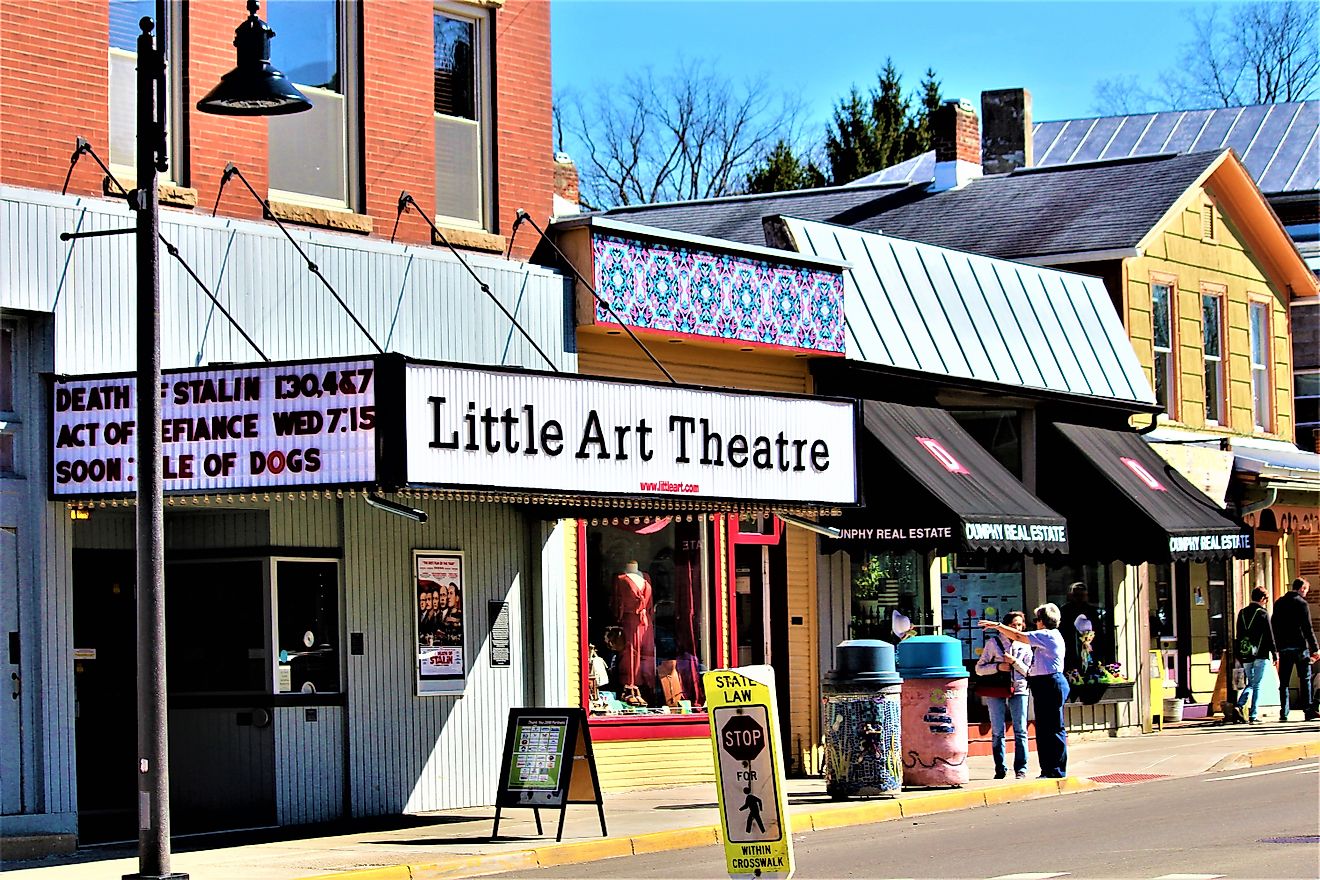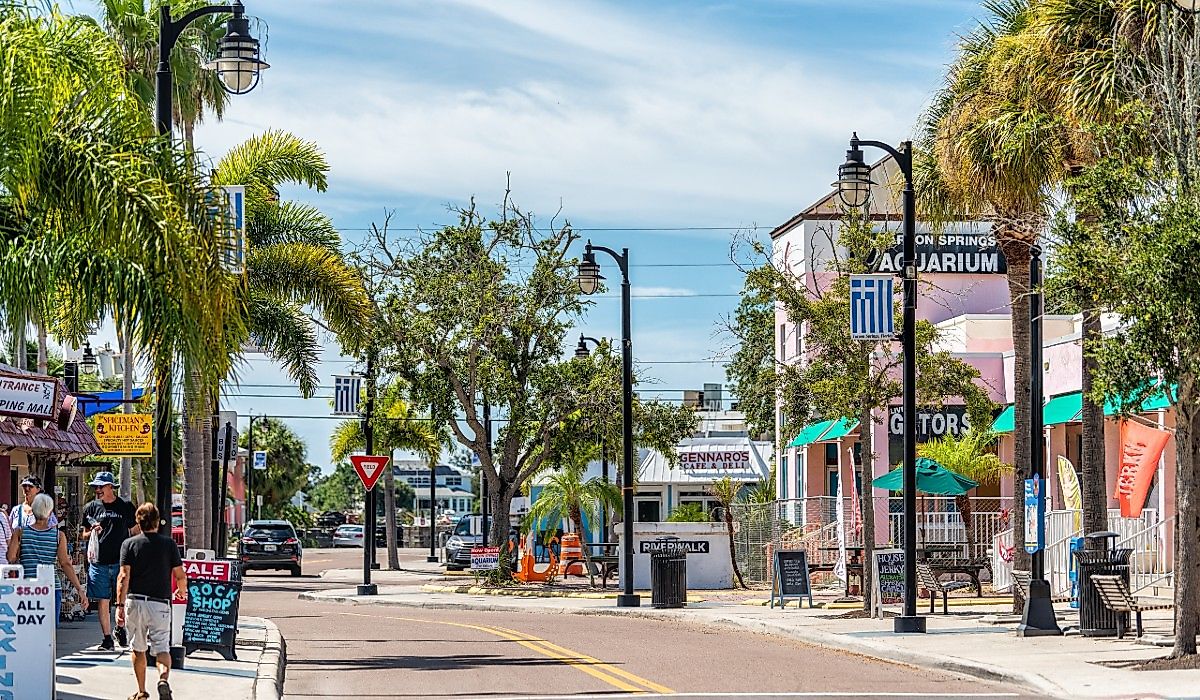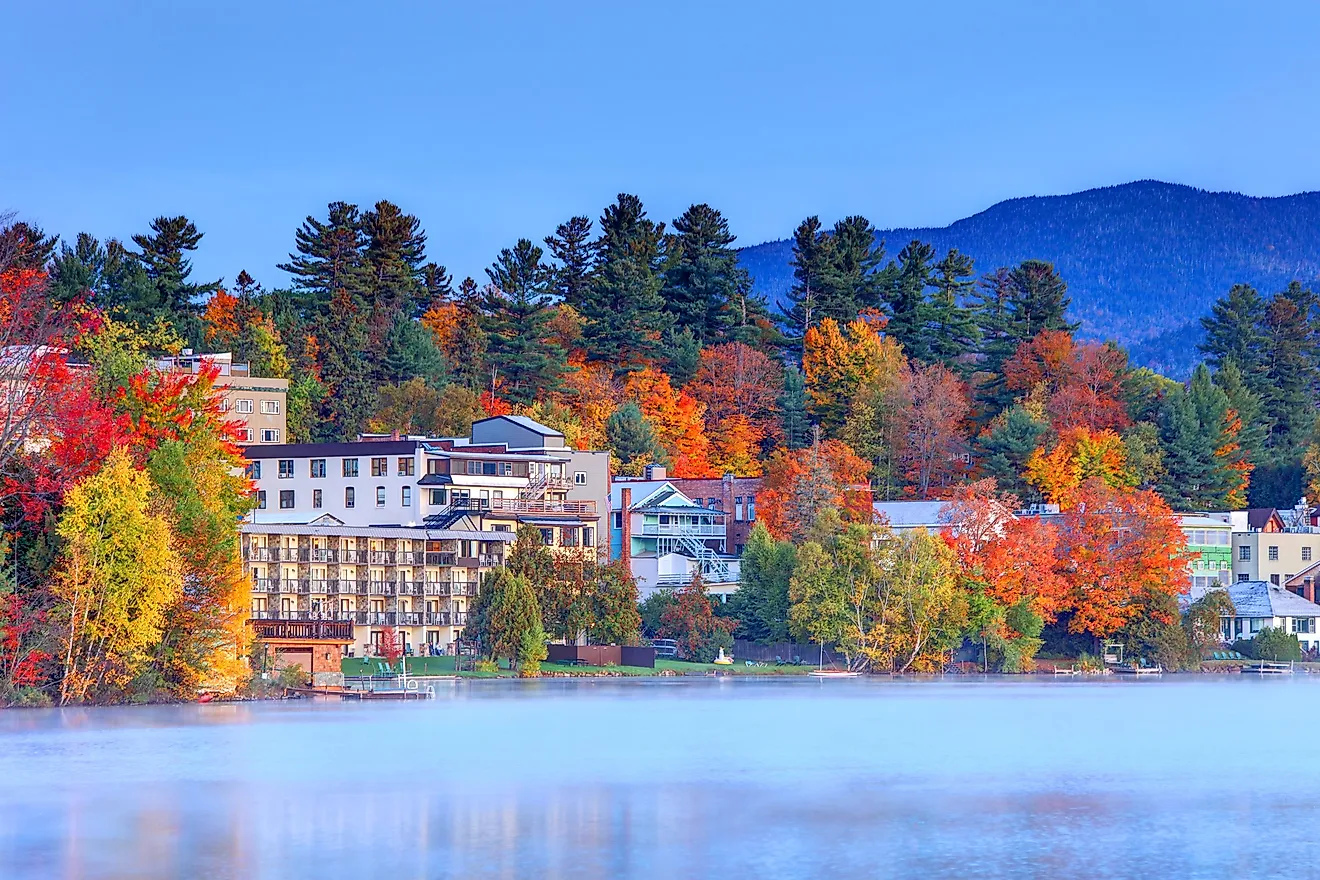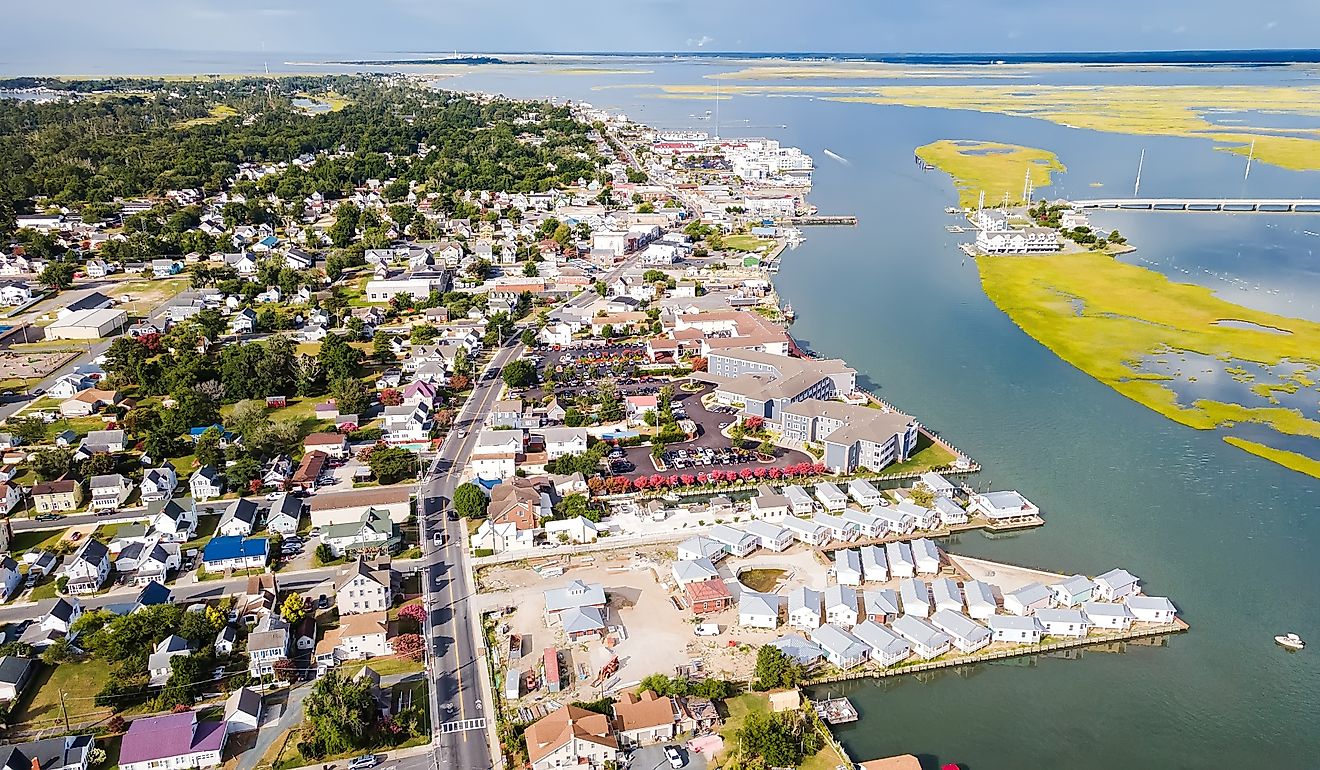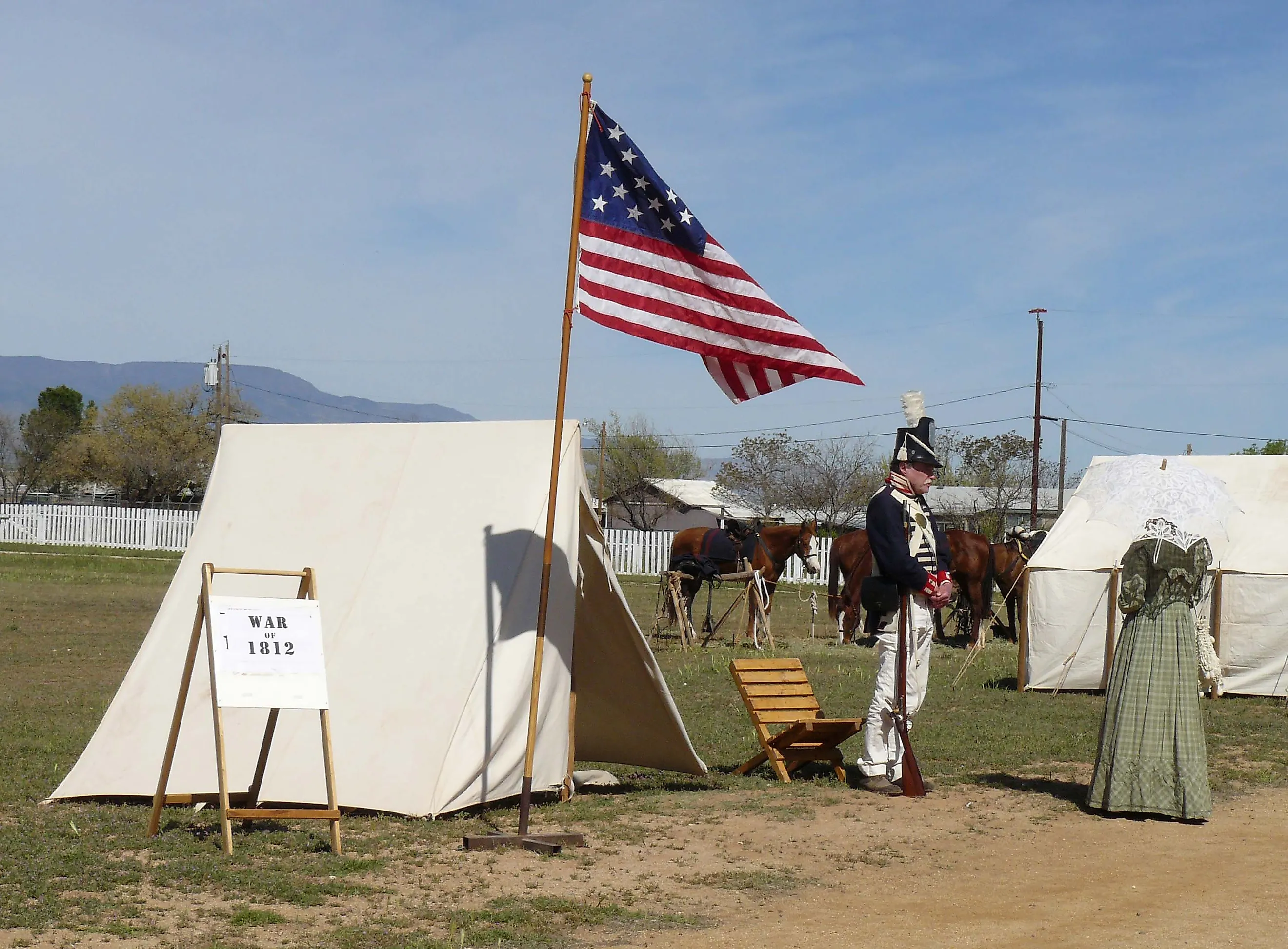
7 Must-See Historic Forts In Arizona
Arizona brims with historic sites that tell the story of centuries of conflict, settlement, and cultural exchange. Among its most enduring landmarks are the forts that once anchored frontier life, standing as guardians of trade routes, military strongholds, and gathering places for communities. Walking through these sites today allows travelers to step into another era, where adobe walls, parade grounds, and preserved quarters echo with the voices of soldiers, settlers, and Indigenous peoples. Some forts rise in dramatic desert landscapes framed by rugged mountains, while others sit near rivers or within small towns that still carry traces of their frontier past. Visitors discover more than crumbling foundations or restored buildings; they encounter museums filled with artifacts, interpretive trails that bring old stories to life, and cultural centers that ensure traditions remain strong. Exploring these forts connects travelers not only with Arizona’s layered history but also with the landscapes and communities that continue to thrive around them.
Fort Bowie National Historic Site, Apache Pass
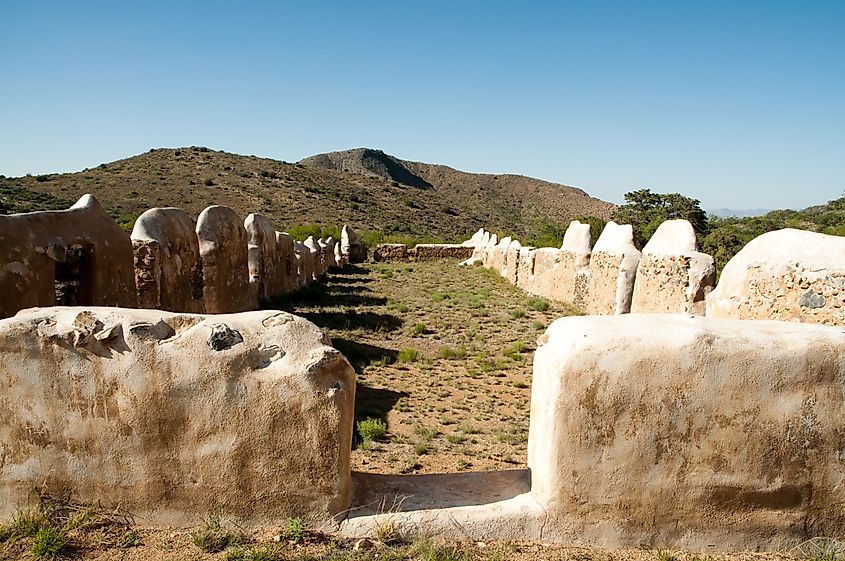
The site of Fort Bowie stood at Apache Pass, and it was central to military operations in the late 1800s. The first rudimentary camp appeared during the 1860s, and a more substantial adobe post was built in 1868 after repeated clashes between the U.S. Army and the Chiricahua Apache. Soldiers once garrisoned barracks, a hospital, corrals, and supply structures, and the site played a major role in operations that culminated in Geronimo’s surrender in 1886. Today, the National Park Service preserves the ruins, the visitor center, and interpretive trails, and visitors walk a 3-mile loop trail to reach the main remains, the old cemetery, and Apache Spring. The fort’s landscape makes the historical story tangible because ruins remain in place, and wayside exhibits highlight the complex interactions of soldiers, settlers, and Indigenous people. Visitors should expect a moderate hike from the parking area, and those with mobility needs can contact the park for guidance.
Fort Verde State Historic Park, Camp Verde
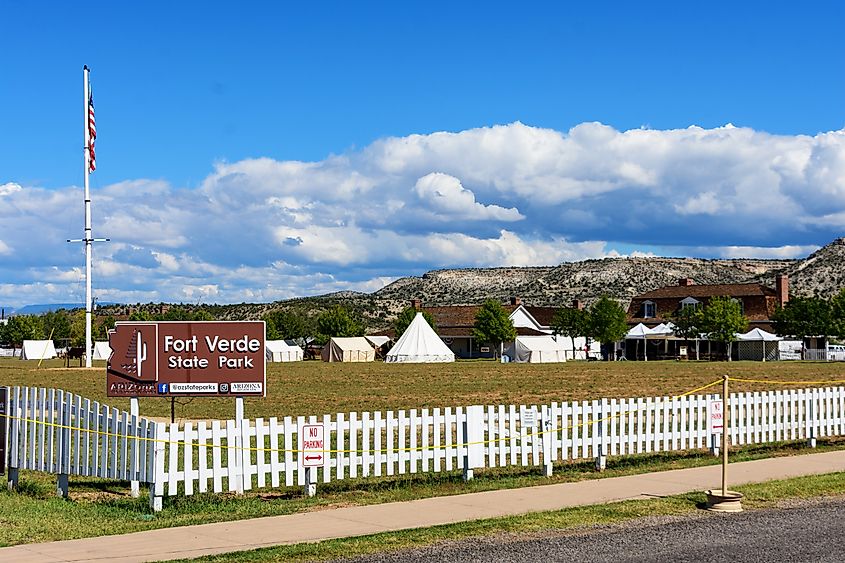
In the 1870s, the Army established a network of posts to protect settlers and their supply routes in the Verde Valley, and Fort Verde served as a key garrison for soldiers who patrolled the surrounding ranches and settlements. The fort’s preserved officer’s quarters, enlisted men’s buildings, hospital, and parade ground capture the look of a 19th-century territorial post; the park used to host living history programs and guided tours that illustrated daily life at the post. Today, Fort Verde State Historic Park operates as a state historic park with museum exhibits, period furnishings, and seasonal programming such as their Halloween-themed ‘A Haunting at the Fort’. Fort Verde is a perfect attraction for families, school groups, and history buffs looking to bring the past to life. Visitors will find paved access and interpretive signage, and Camp Verde’s other attractions make the fort a logical stop on a Verde Valley day.
Tubac Presidio State Historic Park, Tubac
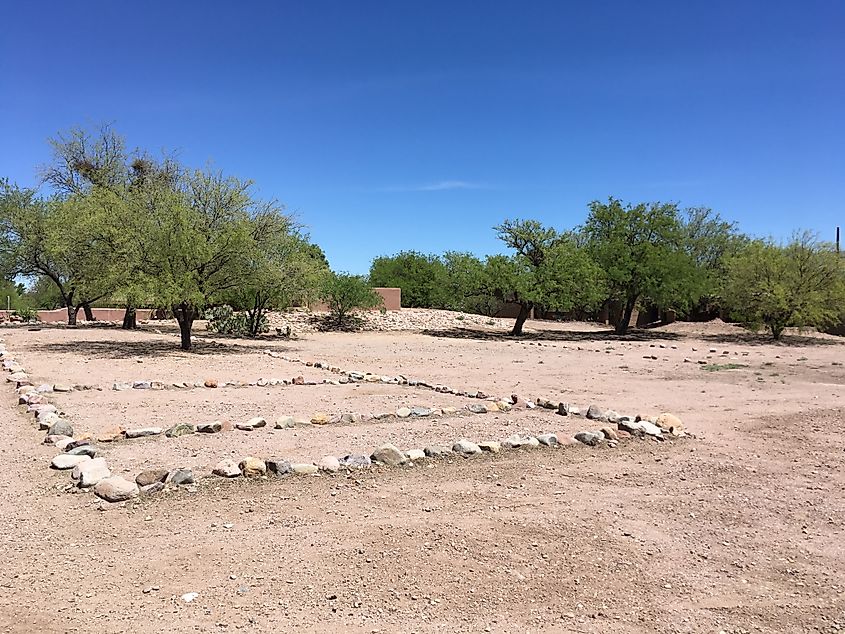
Spanish officials established the original presidio at Tubac in 1752 to guard the northern frontier of New Spain, and Tubac Presidio became Arizona’s earliest European fortification. The Presidio was established as a military and administrative hub initially for Spanish rule, and then later for Mexican rule. After considerable American territorial expansion throughout the region, the site moved through periods of decline and rebirth. Tubac Presidio State Historic Park now preserves the remaining ruins and reconstructed sections of the early presidio, and the Griffin Museum interprets Spanish colonial, mission, and indigenous histories together. Visitors are able to tour the museum, wander the gardens, and walk interpretive trails that explain the presidio’s role in frontier defense, settlement, and commerce. As Arizona’s first state park, Tubac Presidio draws travelers interested in the deep colonial layers of the Southwest, and Tubac’s arts community makes it an appealing stop for travelers who want to combine history, galleries, and local dining.
Fort Apache Historic Park, Fort Apache
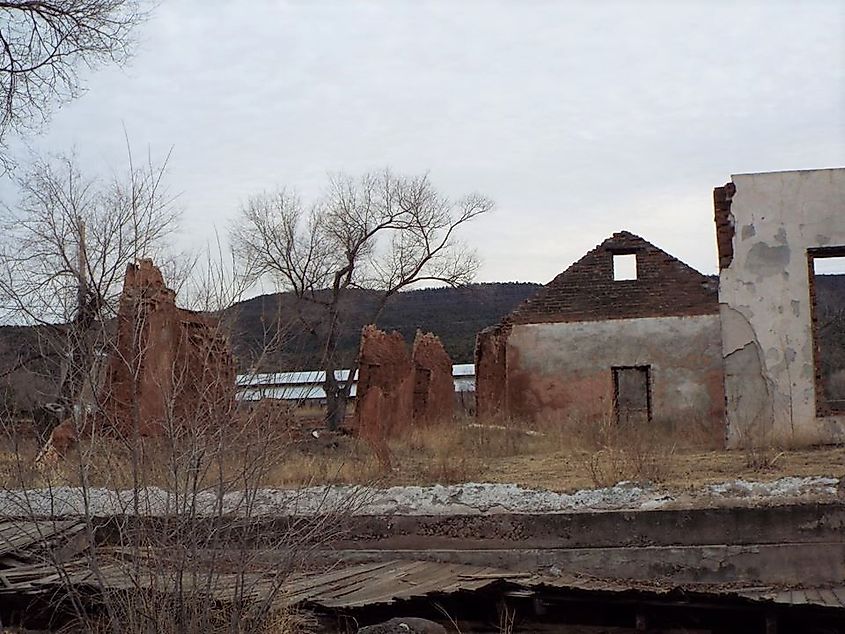
The U.S. Army established Fort Apache in the late 19th century to control travel corridors and to project federal power in a region contested during the Apache Wars. The post later took on additional roles, and the site today sits within the jurisdiction of the White Mountain Apache Tribe. Fort Apache Historic Park includes the Apache Cultural Center & Museum, the old military barracks, and the historic Bureau of Indian Affairs boarding school building. Since the White Mountain Apache Tribe operates the park and cultural center, the site presents a layered interpretation that combines military history, Apache perspectives, and tribal cultural programs. Visitors can currently tour the museum, see the preserved buildings, and attend events that highlight Apache arts, crafts, and history. The park’s interpretive programming helps visitors understand how military presence and federal Indian policy reshaped the region, while also offering a clear line of continuity to living tribal traditions.
Fort Huachuca, Sierra Vista
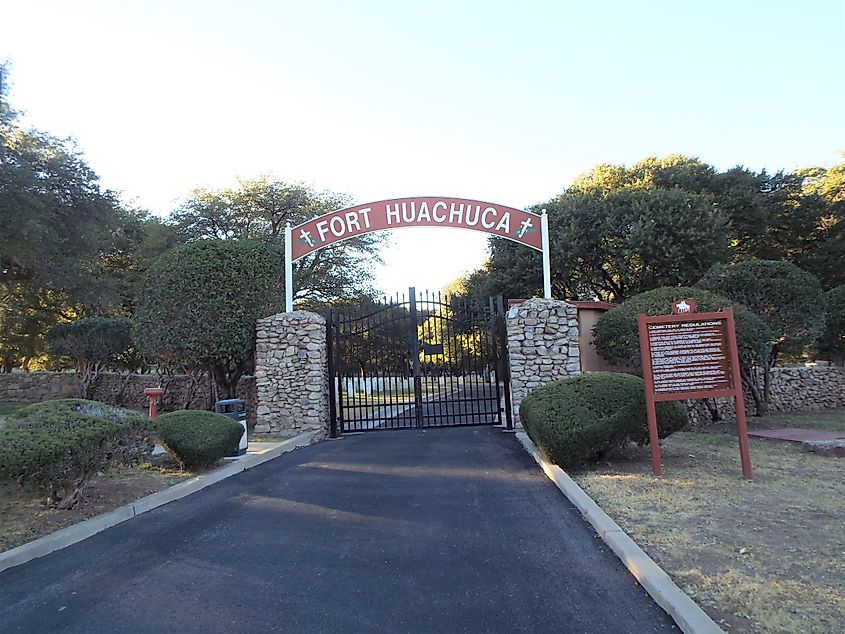
Fort Huachuca originated during the post-Civil War period as the U.S. Army expanded into the southern Arizona borderlands. Over more than a century, the installation grew in strategic importance, and it later housed units that served through the Indian Wars, the Mexican border conflicts, and into the 20th century. The Fort Huachuca Museum and Annex now interpret that legacy, and the museum displays artifacts, documents, and exhibits that cover the fort’s role in regional military history. While Fort Huachuca functions as an active military installation, the historic Old Post area is open to the public without charge during posted hours. The Old Post area contains some noteworthy buildings to view, including the Post Commander’s headquarters, the army barracks, a hospital, and the Fort Huachuca History Museum. The museum’s exhibits give attention to troop life, communications innovations, and the fort’s evolving missions, and the nearby town of Sierra Vista provides visitor services and lodging.
Fort Lowell Museum and Park, Tucson
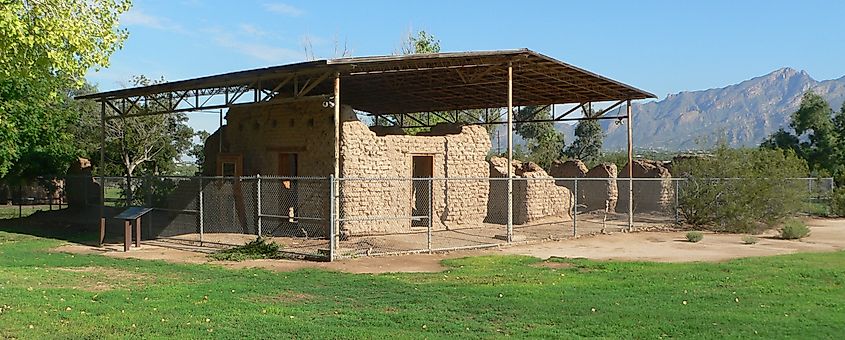
In 1873, the Army established Fort Lowell outside of Tucson to protect the city and to serve as a supply post and cavalry post during the area’s regional conflicts. Troops stationed at the post were tasked with building officer housing, enlisted men’s barracks, and support structures. The post functioned until around 1890, when the Army reduced its presence as tensions in the region eased. Today, the site operates as Fort Lowell Park, and the Fort Lowell Museum preserves and interprets the historic buildings, artifacts, and local stories tied to the post and to Tucson’s territorial era. The museum schedules exhibits and educational programs, and the park provides paved access, picnic areas, and an urban green space for families and history visitors. The museum’s small collection offers a close, readable view of frontier army life and the interactions between soldiers, settlers, and indigenous communities.
Colorado River State Historic Park (Yuma Quartermaster Depot), Yuma
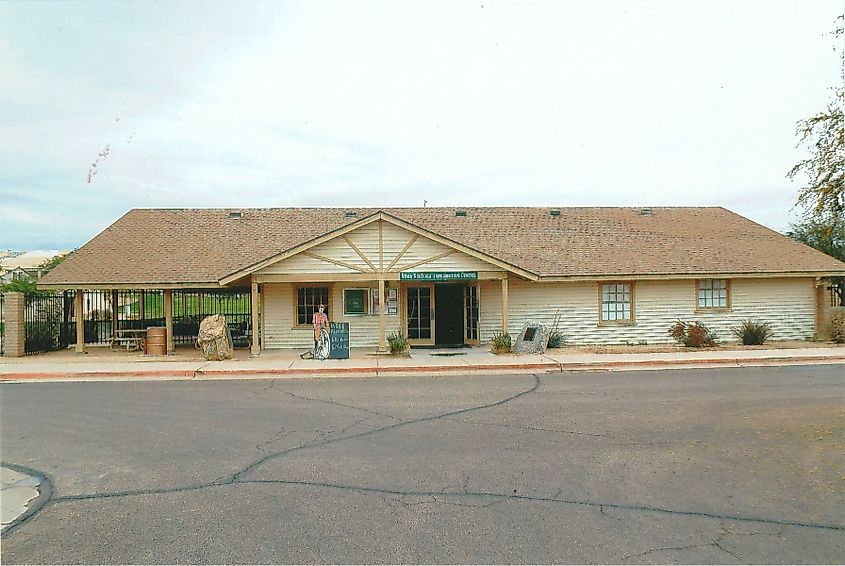
In 1864, the Army established a major Quartermaster Depot near the Yuma Crossing on the Colorado River to store and distribute supplies to posts across the desert Southwest, and the site functioned as a logistical linchpin for decades. The depot facilities included warehouses, corral houses, officers’ quarters, and administrative buildings. Today, the site is the Colorado River State Historic Park, where a visitor center and museum interpret the Quartermaster Depot’s role in regional development, irrigation projects, and river commerce. Visitors can explore restored and stabilized buildings, watch short films, tour the park through guided and self-guided tours, and follow interpretive trails that explain how river transport and later irrigation shaped Yuma’s growth. The grounds are also home to the Yuma Crossing Discovery Center, which hosts a gift shop and an art gallery that features the work of local artists. The park’s riverside setting offers a direct link to the transportation and supply networks that underpinned frontier military strategy.
Explore Arizona’s Forts and History Today
Arizona’s forts tell stories that stretch across centuries, from the days of Spanish presidios and frontier garrisons to the supply depots and cultural centers that shaped communities into the present. Walking through their grounds offers a chance to see adobe walls weathered by the desert sun, to imagine the sound of cavalry drills on wide parade fields, and to reflect on the resilience of Indigenous nations whose histories remain central to these places. Some forts reveal the stark solitude of desert outposts, while others highlight the layered heritage of towns that grew up around them. Visitors who pause to take in these landscapes often find that the forts are more than relics of conflict; they are touchstones of adaptation, survival, and cultural exchange. By exploring Arizona’s historic forts, travelers connect with stories of courage and endurance while also experiencing the diverse settings that make the state a remarkable crossroads of history and place.




